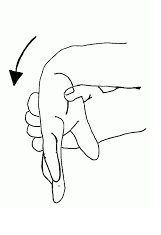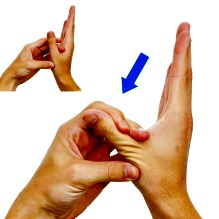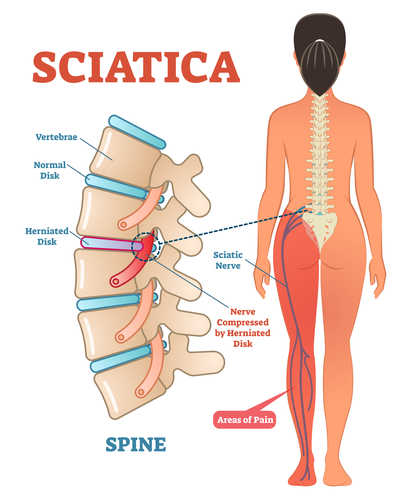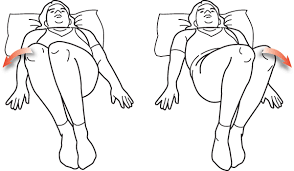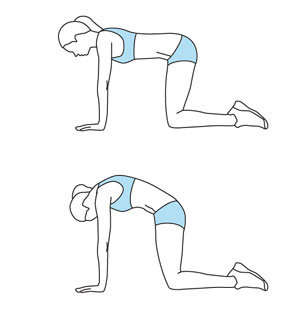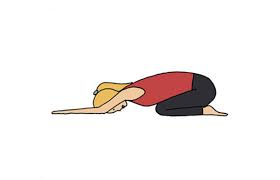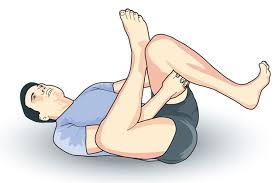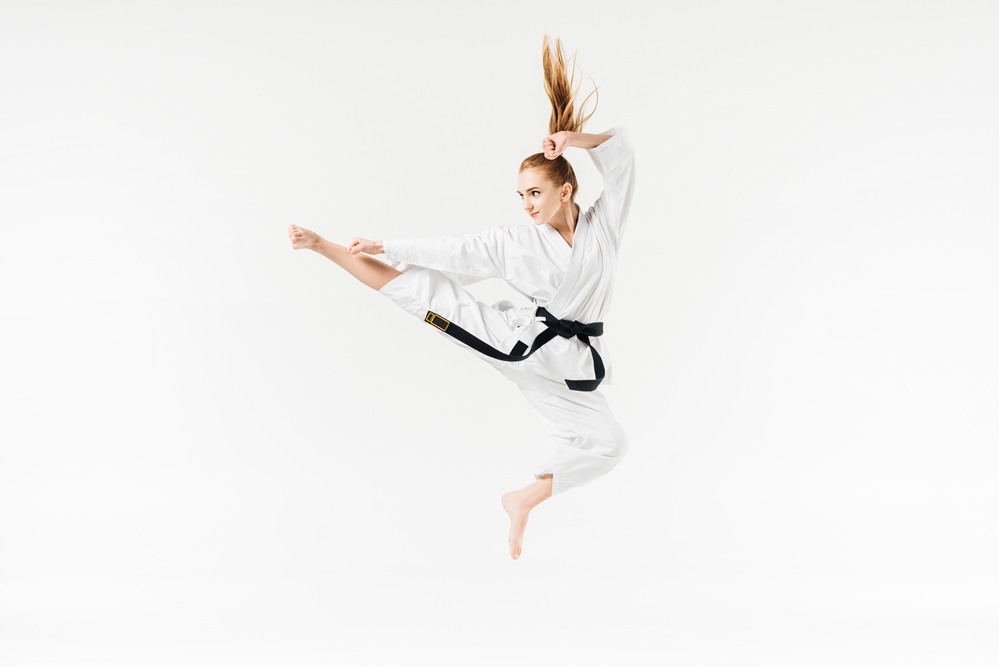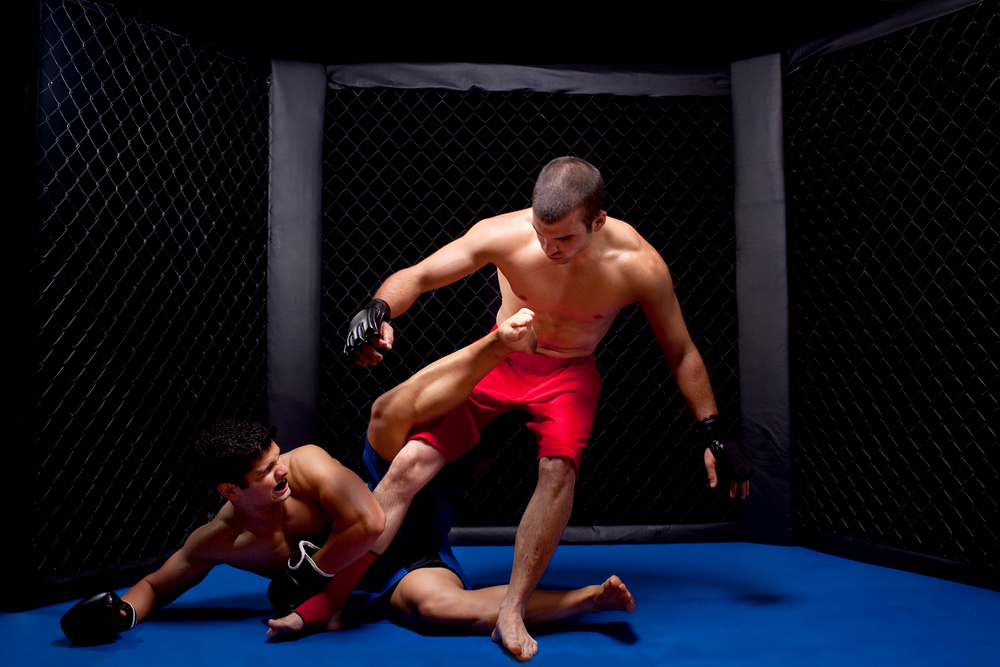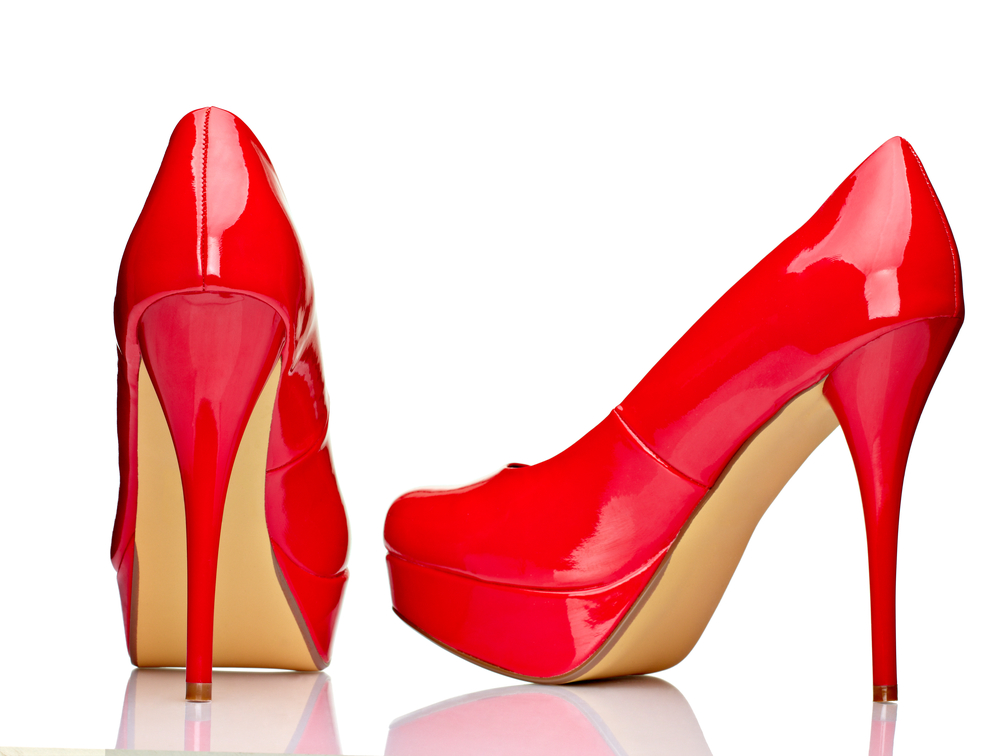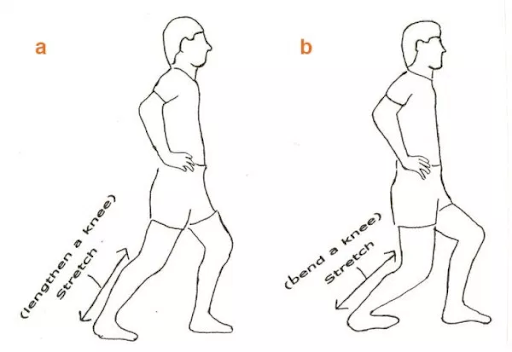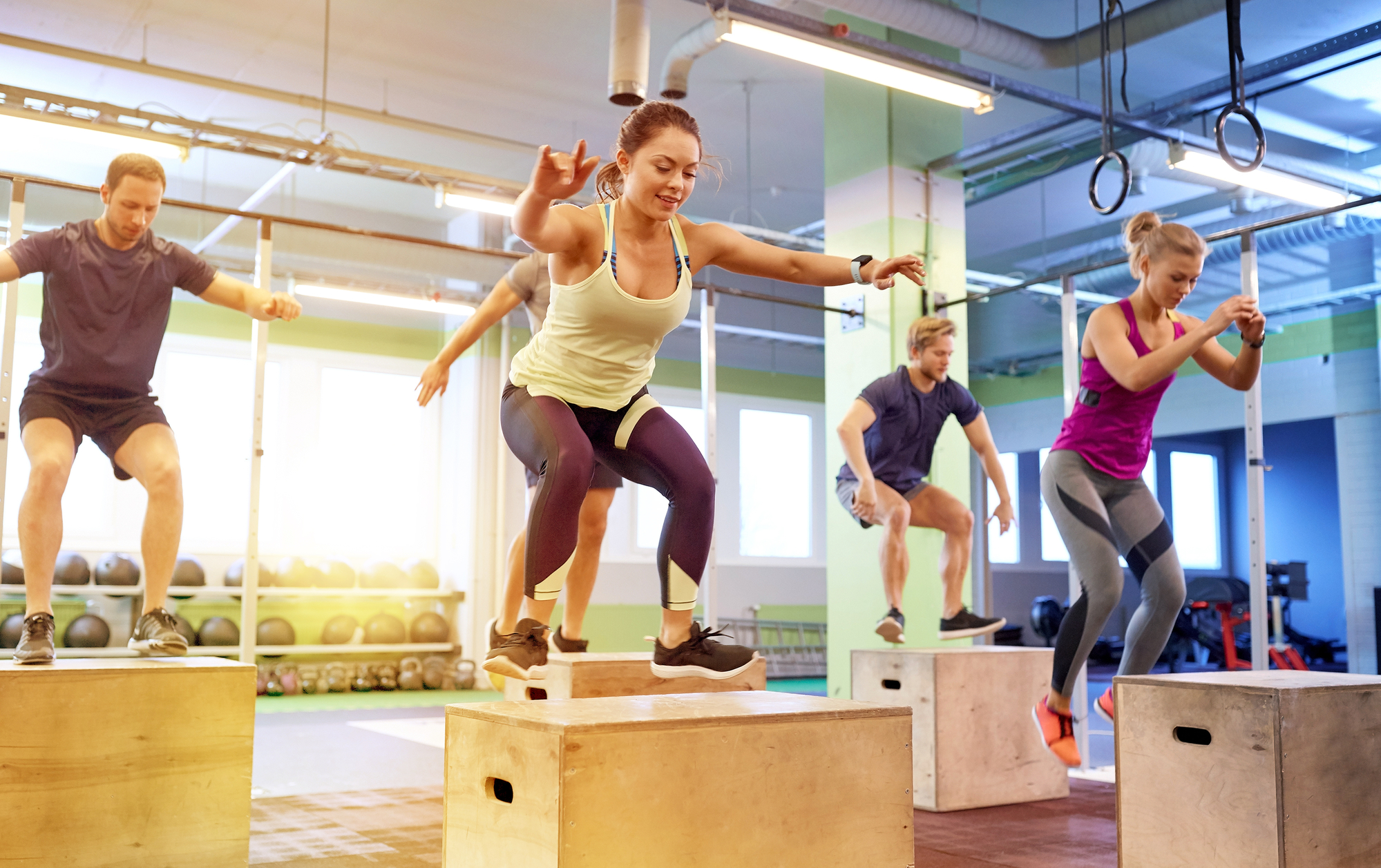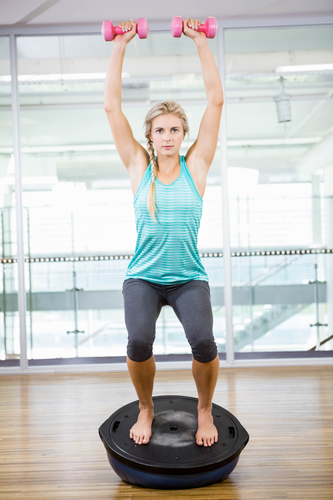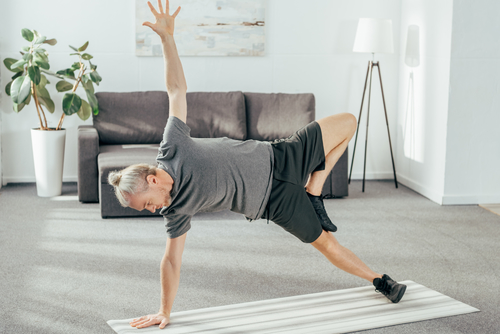There are some days that your wrist feels weak when doing everyday activities like using the screwdriver, using the spatula or picking up a jug of water. Generally speaking, it’s usually nothing serious and giving it a rest for a day or two would usually fix it. However, what if resting just isn’t cutting it? What if it’s something else?
Basic Anatomy:
Nerves are a tricky thing, so let’s go over a bit more anatomy this time. The wrist is a complex structure consisting of 29 bones and 34 muscles that complete the dexterous movements of the hand. Along with this, you have 3 major nerves that supply the front and the back of the hand. If you’ve got lingering weakness with your grip, especially during the movement of opening your palm, you might have injured one of your major nerve. The particular nerve of interest with this opening of the palm and also the bending the wrist upwards is the radial nerve.
Radial Nerve Supply:
The radial begins in the side of your neck traveling behind your upper arm then into the back of the forearm. At the forearm, it supplies the muscles of the forearm that does the movements mentioned previously: opening the palm and bending the wrist upwards. Hence, that weakness felt when opening your palms or bending your wrist upwards if the radial nerve is irritated. Not only does it supply the muscles of the arms, it also has touch sensory input on the back of your forearm hand. So if you’ve got some lingering weakness and also feel some weird different sensation on the back of your hand/forearm, it’s quite possible the radial nerve is involved.
How Does It Happen:
Since the radial nerve travels from the neck all the way to the hand, anything that irritates the nerve along its pathway can be considered radial nerve irritation. One of the silliest (but common) ways is if someone (or yourself) sleeps on your arm. Having the full weight of a head on your arm the entire night can cause compression to the nerve leading to radial nerve irritation. In activities where you have to continuously use your forearms (screwdriver, hammer, racket sports, gym training, etc.), the repetitive contraction of your forearm muscles can also compress and irritate the nerve.
Again, nerves are not the easiest things to deal with. If you’re getting lingering symptoms like change in sensations in the back of your hand and especially weakness of your forearms, it’s best to get it checked out by a professional. Physiotherapist are movement therapist and are familiar with the anatomy of the arm. We can help identify where the nerve has been irritated to specifically and effectively treat the area of irritation.
At Capital Physiotherapy, we believe in a holistic approach from pain management to return to daily activity and then return to work or hobbies. If you’ve got worries with your arms, email us at info@capitalphysiotherapy.com.au to book an appointment with us at South Yarra, Balwyn and Footscray and our friendly physiotherapist will help you find out the cause of your worries and get you back to doing what you love.


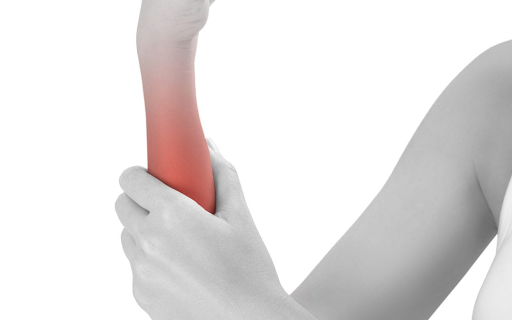
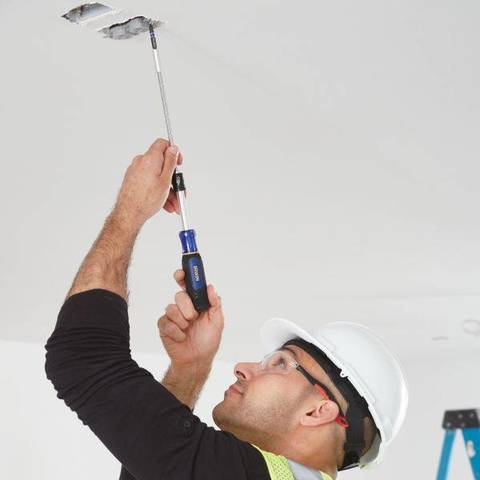
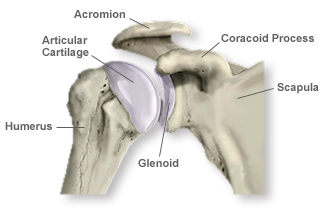
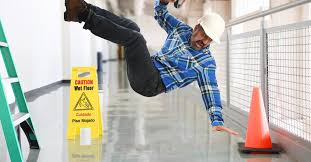
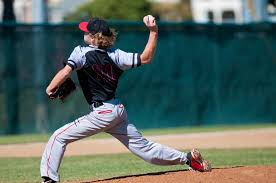
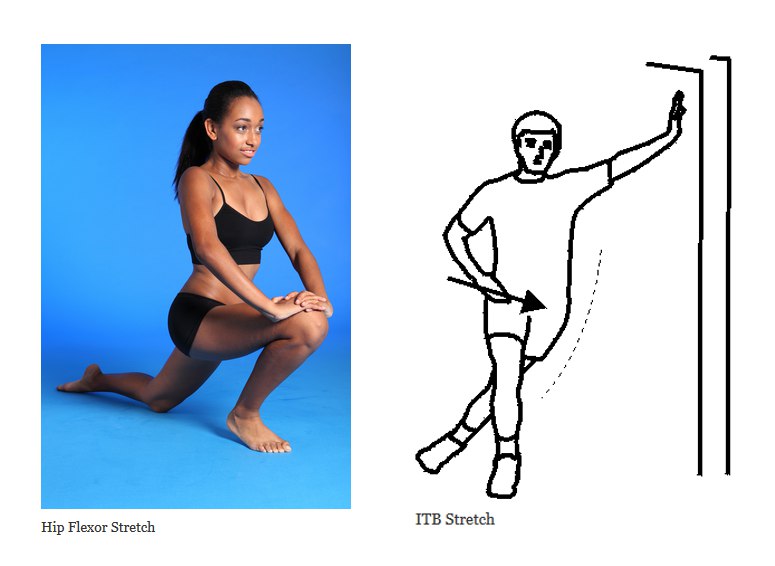
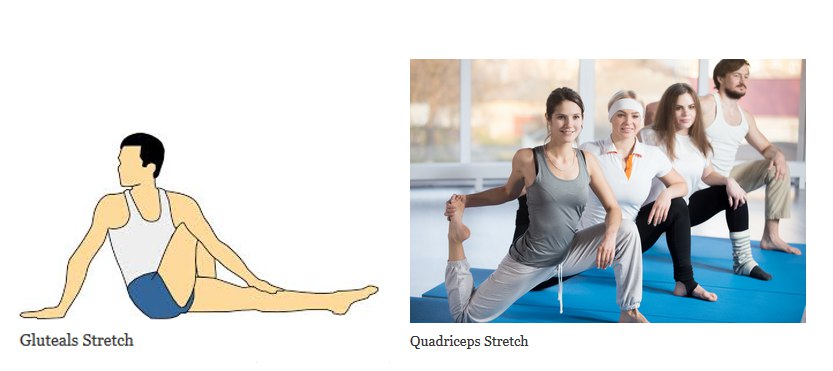
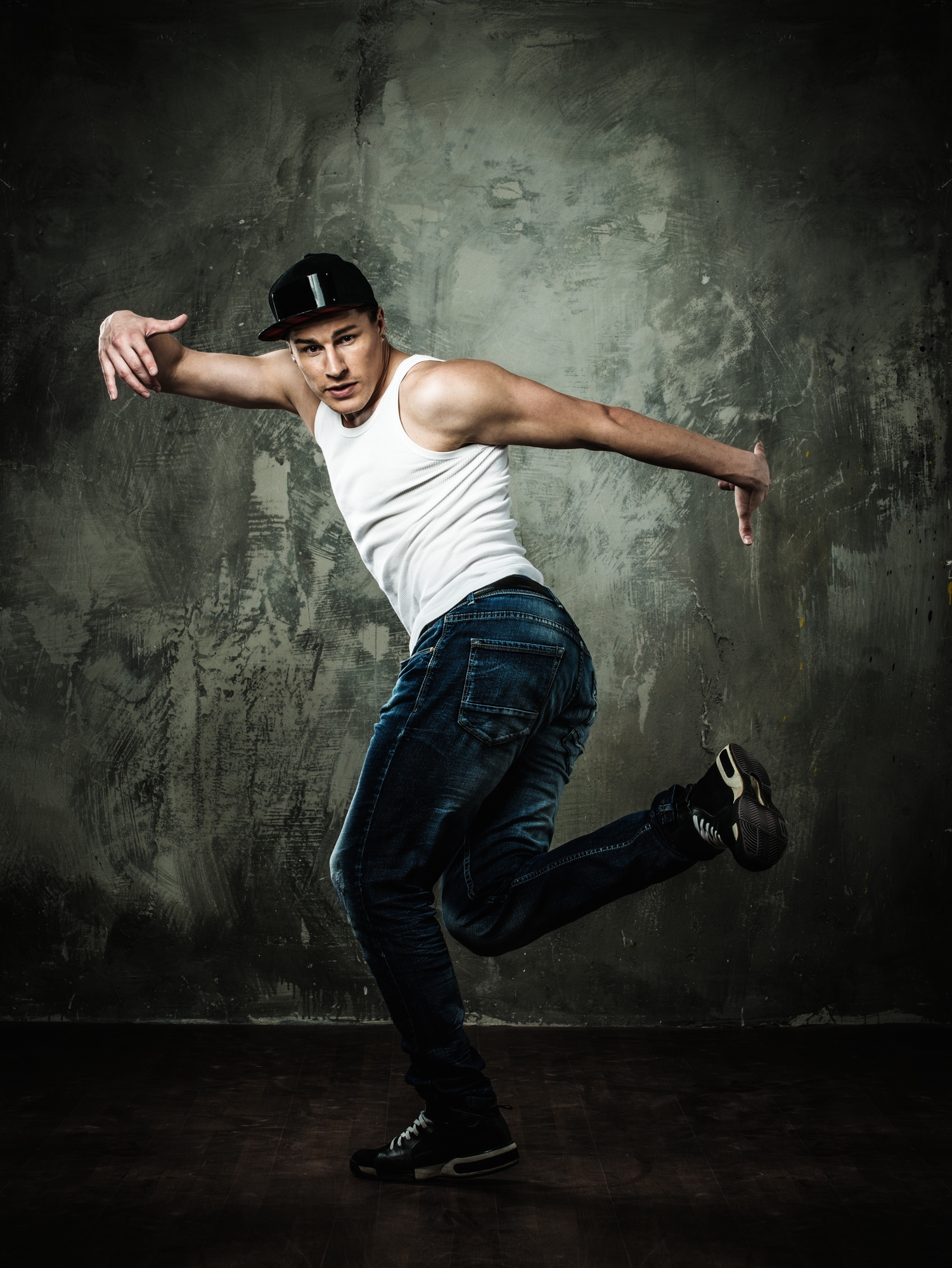
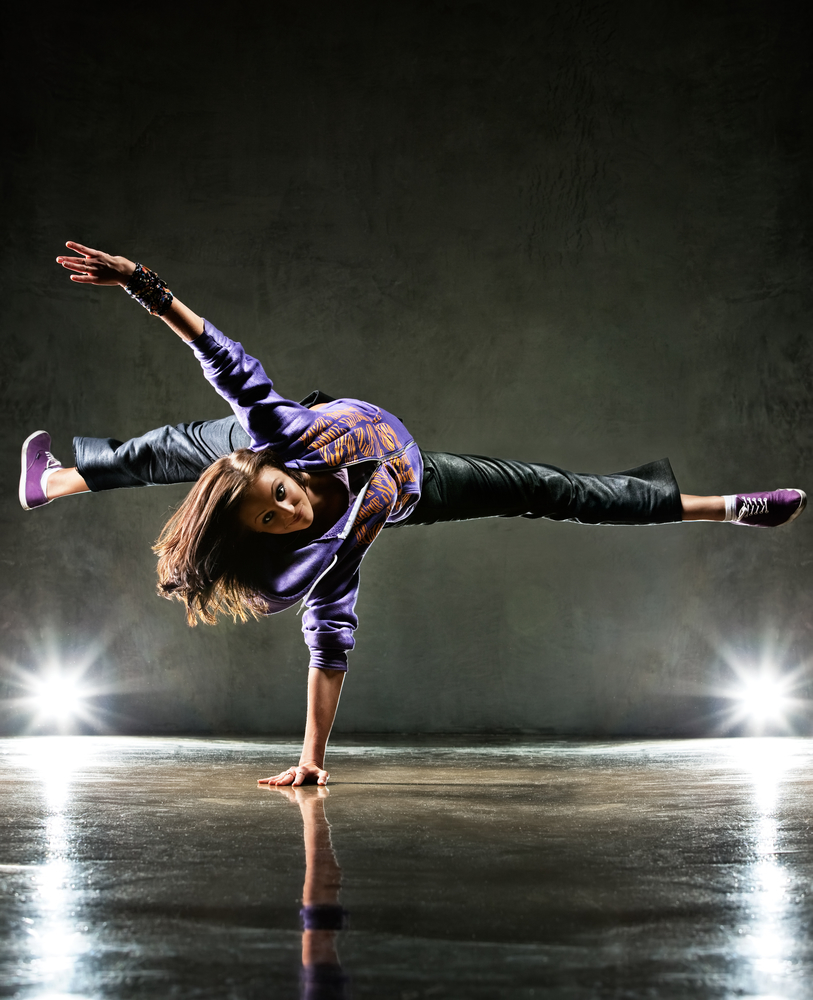
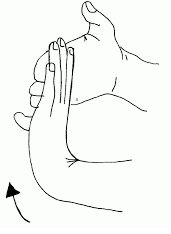 Wrist Extensor Stretch Index Stretch
Wrist Extensor Stretch Index Stretch